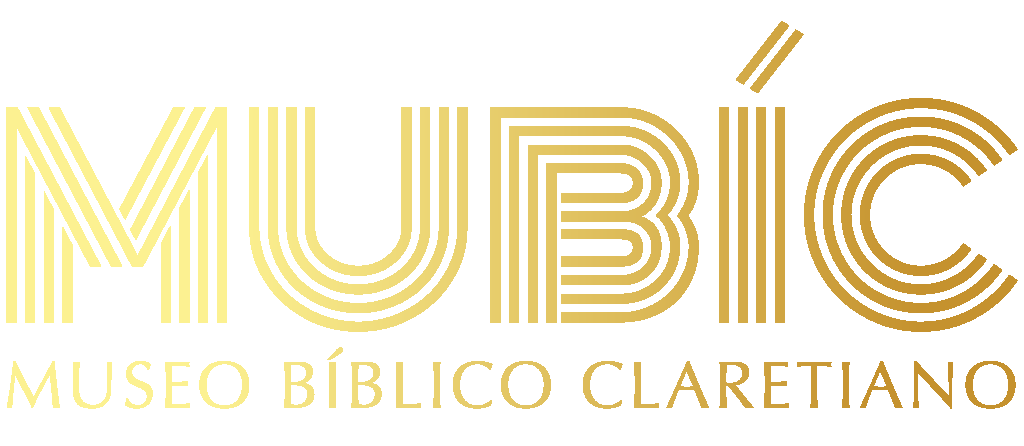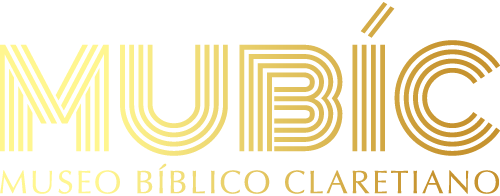



Foro
About Me
Stem cells are unique organic cells that have the potential to turn into numerous cell types within the body during adolescence and growth. In addition they serve as a form of inside repair system, dividing essentially without limit to replenish different cells as long because the particular person or animal is still alive. Given their remarkable capabilities, stem cells hold great promise in medical research and therapies. However, not all stem cells are the same. They are often broadly categorized into types: embryonic stem cells (ESCs) and adult stem cells (ASCs). Understanding the differences between these types of stem cells is essential for appreciating their roles in each natural biology and medical applications.
Embryonic Stem Cells (ESCs)
Embryonic stem cells are derived from embryos, specifically from a structure called the blastocyst, which forms just a couple of days after fertilization. These cells are pluripotent, which means they have the potential to become nearly any cell type within the body, including neurons, muscle cells, and blood cells. The pluripotency of ESCs is what makes them extremely valuable for scientific research and potential therapeutic applications.
ESCs are harvested from embryos that are typically left over from in vitro fertilization (IVF) procedures. The ethical considerations surrounding the use of embryos for research have made ESC research a subject of controversy. Critics argue that destroying an embryo to reap stem cells is morally equivalent to ending a potential human life, while proponents argue that the research can lead to treatments that save countless lives.
The main advantage of ESCs lies in their versatility. Because they will turn out to be nearly any cell type, they hold the promise of regenerating damaged tissues or organs, making them a cornerstone of regenerative medicine. Researchers are particularly interested in using ESCs to understand early human development and to model ailments in a laboratory setting, which could lead to breakthroughs in understanding conditions like Parkinson’s disease, diabetes, and heart disease.
Adult Stem Cells (ASCs)
In contrast to ESCs, adult stem cells, additionally known as somatic stem cells, are present in various tissues throughout the body, such because the bone marrow, brain, liver, and skin. Unlike ESCs, adult stem cells are multipotent, that means they'll only differentiate right into a limited range of cell types related to the tissue from which they originate. For instance, hematopoietic stem cells from the bone marrow can give rise to different types of blood cells but not to neurons or muscle cells.
The primary operate of adult stem cells is to maintain and repair the tissue in which they are found. For example, they're accountable for the continuous renewal of blood, skin, and intestinal tissues. This makes ASCs an integral part of the body’s natural healing processes.
Adult stem cells are less controversial than ESCs because they can be harvested from a person’s own body or from donated tissue without the ethical issues associated with destroying embryos. Nevertheless, their limited differentiation potential compared to ESCs means that they're less versatile in research and therapeutic applications. Nonetheless, they're already being used in treatments, corresponding to bone marrow transplants for leukemia patients, and are being explored for treating conditions like heart illness and spinal cord injuries.
Evaluating Embryonic and Adult Stem Cells
When comparing embryonic and adult stem cells, essentially the most significant difference is their potential for differentiation. ESCs, with their pluripotency, provide higher versatility, making them more attractive for research and the development of treatments that require the regeneration of various types of tissues. In contrast, ASCs are more limited in their ability to differentiate however have the advantage of being less ethically contentious and more readily available for medical use.
Another critical difference is the ease of obtaining these cells. ESCs are more challenging to derive and culture, requiring embryos and complex laboratory conditions. ASCs, however, could be remoted from a affected person’s own body or from donors, making them simpler to access. This additionally implies that therapies utilizing ASCs are less likely to face immune rejection because the cells may be harvested from the patient receiving the treatment.
Conclusion
Both embryonic and adult stem cells have their unique advantages and limitations. Embryonic stem cells, with their unparalleled versatility, supply immense potential for scientific breakthroughs and therapeutic developments. Nonetheless, the ethical issues surrounding their use can't be ignored. Adult stem cells, while less versatile, provide a more ethically settle forable different and are already enjoying a crucial function in current medical treatments.
As research progresses, the hope is that both types of stem cells can be harnessed to their full potential, leading to new treatments and possibly cures for a wide range of diseases. Understanding the variations between embryonic and adult stem cells is essential for appreciating the complexities and possibilities of stem cell research.
Location
Occupation
Latest Post: Nuevo Testamento Our newest member: sonweinman80694 Recent Posts Unread Posts Tags
Forum Icons: Forum contains no unread posts Forum contains unread posts
Topic Icons: Not Replied Replied Active Hot Sticky Unapproved Solved Private Closed


